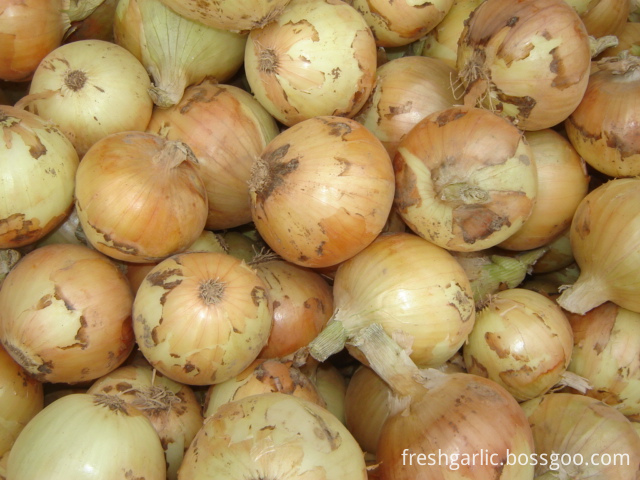In the current production, some orchards have good soil conditions and adequate fertilizer and water. However, the planting density is too high and the management after planting can not keep up. In particular, the pruning technology is not properly applied to promote early flowering and results in overcrowding. The coverage rate is 90% or even 110%. The canopy transfer rate is greater than 20%, the amount of mu branches is more than 250,000, and some even reach 400,000. The canopy volume exceeds 30,000 cubic meters per mu, resulting in poor ventilation in the park. The branches inside the crown are weak, the leaves fall early, the flower buds are rare, the result is poor, the fruit quality is poor, and the economic benefit is not high. When pruning this kind of tree, we should start from the group, start with individuals, and adjust each year according to the actual situation of different orchards. 1. For orchards that are growing vigorously, have a large tree head, and have been severely handed over by the canopy, they can be dealt with by septum and cross compression. That is, on the premise of ensuring a certain amount of production, the septal cross-phase compresses a part of the tree strains gradually, and even removes all of this part of the trees. Uncompressed plants are trimmed or compressed using a method of processing low-yielding trees. When compressing, try to keep suitable varieties, complete and robust plants, compress inferior varieties or plants infected with pests, and compress the plants in the whole garden into north-south or between flat and round canopies between east and west, according to the requirements of ventilation, light transmission and balance of tree vigor. The branches of the transfer site are scattered on top and bottom, and left and right are inserted to grow. Focus on retaining the branches with appropriate biosites, stable growth, and good results, and compress other branches that have an impact on these branches. 2. For the orchard that is weaker, weaker, weaker, weaker, more powerful, and has been handed over in part, it may be able to take advantage of falling head and lowering the height of the tree to control the strong, thin or cut too many large branches between the layers. Ventilation and light transmission conditions; for the reserved stem branches, can be taken within the method of slow external support trimming; the appropriate extension of the peripheral branches, the extension of the branches can be put slowly without shear. You can also use girdling or ring-engraving methods to promote flower growth and suppress excessive vegetative growth by increasing yield, which is what people call fruit-stressed trees. After stabilizing the tree, scale the pruning according to the actual situation. In addition, the method of changing the head, changing the direction of the extension of the backbone, can also inhibit the strong. 3. For those plants that are more prosperous and densely packed, but there are still spaces between the rows, septum compression or septal girdling, ring carving or head replacement may be adopted to handle the twigs. extend. Transplanting is also possible when necessary. When adopting the above measures to deal with secret gardens, terraced orchards in the mountainous areas should pay attention to internal and external restrictions in order to make full use of space and to exert marginal advantages. When it comes to each tree, attention should be paid to keeping it up and focusing on the large branches above the second floor. For the first main branch, pay attention to light shearing and slow release. Do not use the pruning method to avoid leaving the branches to move upwards. The resulting parts will move outwards. The crown will be cut higher, the area will be reduced, and the yield will be reduced. Falling adverse consequences. The structure of the tree that adjusts to a mature garden is generally better in a large number of flowers. In order to ensure a certain amount of output, the small number of small flowers should be observed during the small year. In addition to the large branches that must be removed, they are generally not treated or shrunk, and the branchlets must be lightly trimmed. For those who can't judge whether it is a flower bud or a leaf bud, you can leave it in the spring of the second year to cut it before flowering.
From the month of May, the new crop of onion from Jinxiang has harvested. After dried enough, the yellow onion can be packed and shipped from the month of June. The new crop Fresh Onion has very beautiful appearance and great quality. Jinxiang is a famous county which has large area planting garlic and onion.
1. Commodity name: Fresh Onion
8.Transporting and storing temperature: 0°C -+1°C
Yellow Onion,Fresh Yellow Onion,Organic Yellow Onion,Yellow Round Onions JINING FORICH FRUITS & VEGETABLES CO., LTD. , https://www.forichgarlic.com
3. Size: 3.0-5.0cm, 5.0-7.0cm, 7.0-10cm
4. Variety: Yellow Onion and Red Onion
5.Packing:
1) 10kg/carton, 20kg/carton, 10kgs/mesh bag,20kg/mesh bag and 25kgs/mesh bag
2) or according to the clients' requirements.
6. Supply Period:
A) Fresh season: May to the middle of August
B) Cold storage season: August to December.
7.Conveyance:26-30MT/40'HR (loading quantity depending on packing)
